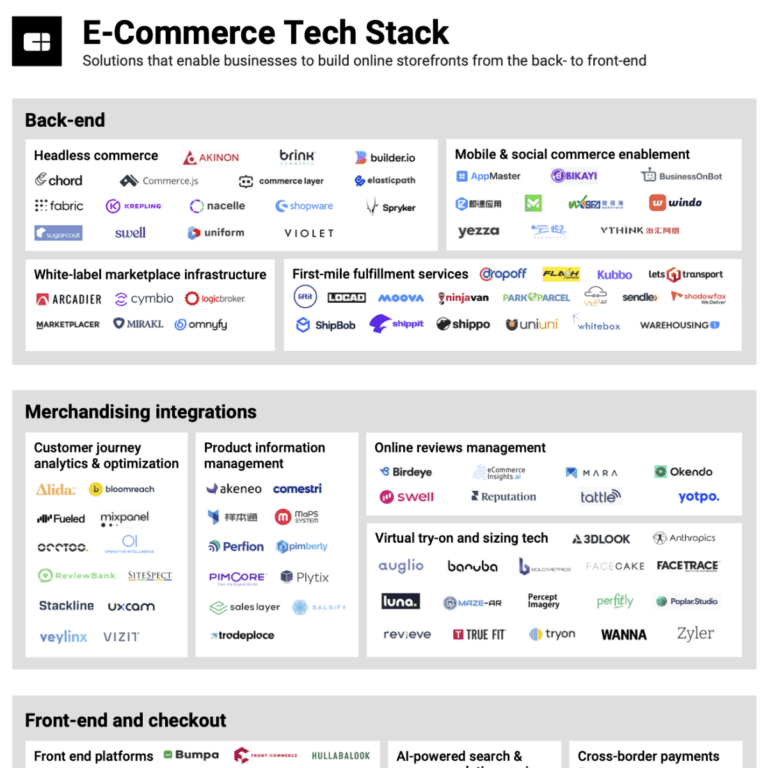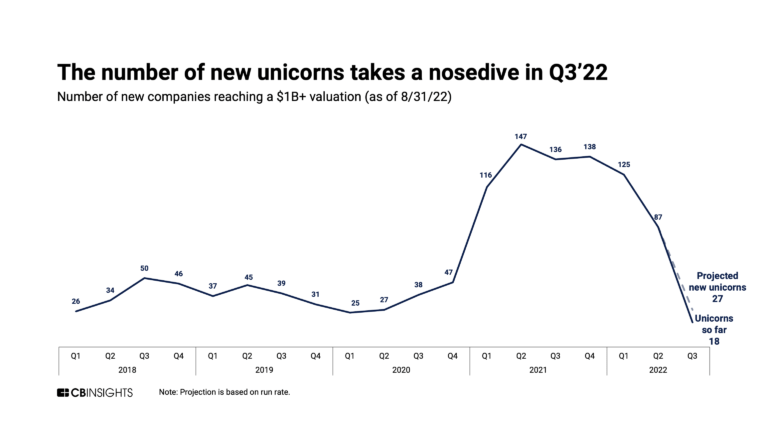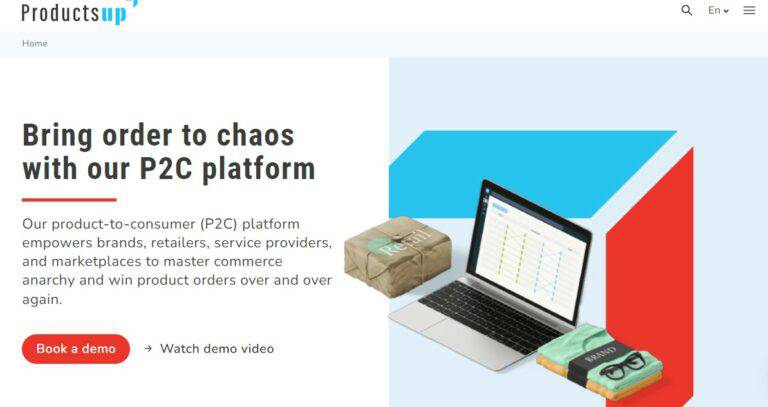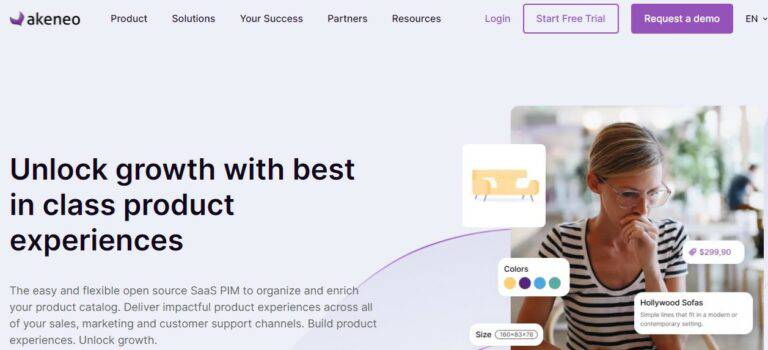
Salsify
Founded Year
2012Stage
Secondary Market | AliveTotal Raised
$452.6MRevenue
$0000Mosaic Score The Mosaic Score is an algorithm that measures the overall financial health and market potential of private companies.
-43 points in the past 30 days
About Salsify
Salsify specializes in Product Experience Management (PXM) within the ecommerce sector. The company offers a unified platform that centralizes product content, connects it across digital channels, and automates processes to deliver engaging product experiences. Salsify's services cater to brands, retailers, and distributors seeking to improve efficiency, drive growth, and achieve leadership on the digital shelf. It was founded in 2012 and is based in Boston, Massachusetts.
Loading...
Salsify's Product Videos
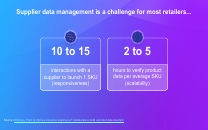

ESPs containing Salsify
The ESP matrix leverages data and analyst insight to identify and rank leading companies in a given technology landscape.
The digital asset management (DAM) market addresses the increasing demand for managing and delivering diverse content across multiple channels. These solutions offer enterprise-class capabilities to streamline, deliver, and score marketing, communication, and sales content globally and at scale. The market also includes platforms that help businesses collect, centralize, list, enrich, and publish …
Salsify named as Leader among 15 other companies, including Adobe, OpenText, and Bynder.
Salsify's Products & Differentiators
SupplierXM
SupplierXM allows retailers to align supplier product data collection and business processes to deliver great customer experiences. With SupplierXM, retailers’ teams can collaborate with thousands of suppliers to collect high-quality product data for different business needs and channels. All in a single and centralized platform. It empowers retailer to take 3 critical actions that are necessary to build winning Omnichannel shopping experiences: Collect the right data in an era where attributes and requirements keep constantly changing Collect data from all suppliers no matter their size, industry, country… Collect data for the right internal need, as not all data should be available at the same time and is needed by the same teams
Loading...
Research containing Salsify
Get data-driven expert analysis from the CB Insights Intelligence Unit.
CB Insights Intelligence Analysts have mentioned Salsify in 6 CB Insights research briefs, most recently on Aug 4, 2023.
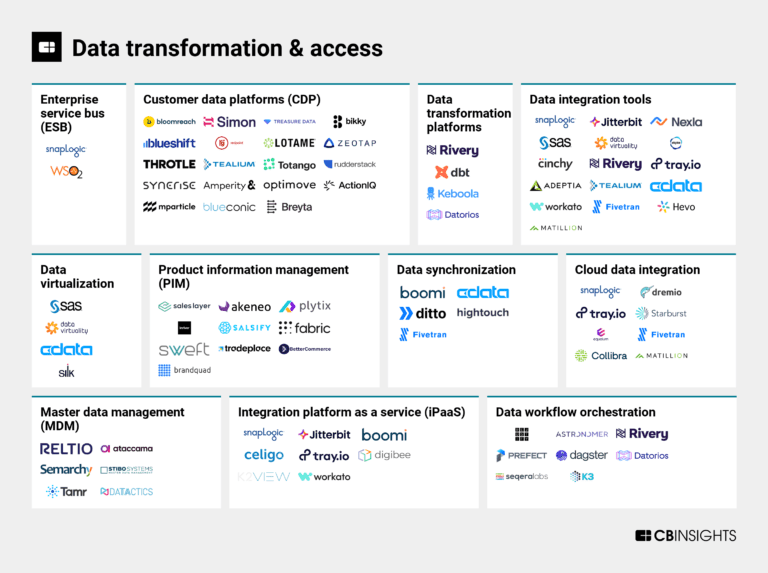
Aug 4, 2023
The data transformation & access market map
Expert Collections containing Salsify
Expert Collections are analyst-curated lists that highlight the companies you need to know in the most important technology spaces.
Salsify is included in 8 Expert Collections, including E-Commerce.
E-Commerce
11,262 items
Companies that sell goods online (B2C), or enable the selling of goods online via tech solutions (B2B).
Unicorns- Billion Dollar Startups
1,249 items
Market Research & Consumer Insights
734 items
This collection is comprised of companies using tech to better identify emerging trends and improve product development. It also includes companies helping brands and retailers conduct market research to learn about target shoppers, like their preferences, habits, and behaviors.
Conference Exhibitors
5,302 items
Digital Content & Synthetic Media
1,766 items
The Digital Content collection includes companies that use technology to create, manage, and distribute digital content under all forms, including images, videos, audio, and text, among others.
Retail Media Networks
324 items
Tech companies helping retailers build and operate retail media networks. Includes solutions like demand-side platforms, AI-generated content, digital shelf displays, and more.
Latest Salsify News
Oct 8, 2024
By: Rob Gonzalez, Co-Founder, Salsify On Oct 8, 2024 Today, digital commerce is a primary business driver for retailers, brands, and distributors. According to an analysis of US Census Bureau data by research firm Stratably, 2024 revenue from digital is projected to grow 8.4% in the U.S. market compared to in-store growth of 1.2%. As digital commerce has grown in importance there has been a corresponding explosion of downstream channels where brand manufacturers must send product content from retail stores to marketplaces to direct-to-consumer websites. Each of these channels has distinct rules for the product data they will accept and these rules change often; Target, Walmart and Amazon changed their data ingestion requirements nearly 1,000 times combined in 2023. Getting optimized, compliant content to the right destination is exceedingly difficult, particularly for the IT teams who implement systems that enable the go-to-market process for their business teams. A new category of product data management software, Product Experience Management (PXM), has emerged in recent years and is seeing widespread adoption by brands, retailers, and distributors looking to centralize, connect, and automate the product data that powers digital commerce. How does PXM compare to legacy product data management solutions? Which will power the future of digital commerce? The Classic PIM Use Case Many organizations have historically implemented a Product Information Management (PIM) system to centralize and store product data. Some key PIM use cases include: 1. Creating a “golden record” of data: Using a single set of attributes to create a “golden record” for each product that other systems and teams can reference. 2. Using Internal Requirements to Define Data Schema: Classic PIMs create and store product attributes based on an internally-determined schema, which is the foundation of the organization’s relational databases. 3. Keeping Data Static: Information housed in a PIM is not meant to be frequently modified or changed by internal users, particularly business users. Making any changes to the databases or the data can be slow and expensive. Ultimately, PIM systems create rigid data and processes as a way of maintaining data “cleanliness” for their organizations. There’s nothing inherently wrong with this kind of rigid storage system; PIMs work great for what they’re meant to do: they centralize, store, and organize data in adherence to an internal set of unchanging data standards and then connect it to other back-office systems or environments. The Power of Product Experience Management (PXM) PXM is a new and distinct category of technology specifically created for digital commerce. PXM solutions serve the dual purpose of storing a golden record like a PIM while also leveraging a fundamentally more flexible data architecture to connect market-ready product information to the digital shelf. PXM solutions are built on NoSQL database design patterns that allow brands to overlay schemas and validation onto semi-structured data rather than hardwiring it into the data storage layer itself. The separation of “storage” from “schema” is what allows PXM solutions to store many versions of the truth (i.e., many golden records) in parallel and evolve their schemas at the pace of a multichannel market. PXM solutions include additional major capability areas to support digital commerce, including: 1. Multichannel Data Management: Management of channel-specific data schemas, values, and validation, allowing users to store a golden record while simultaneously storing versions of the product record that meet the requirements of each data destination. 2. Channel Connectivity: Connectivity to channel destinations, such as Amazon and Global Data Synchronization Network (GDSN), to get information to market faster, often via different mechanisms tailored to each destination. 3. Collaborative Workflows: Workflows that typically involve people in other businesses, such as third-party agencies, distribution partners, or downstream retail customers. 4. Enhanced Content: More types of data and attributes, including assets to support content like videos, comparison charts, and lifestyle imagery. 5. Enterprise-Wide User Access: Administrative features to enable many users to access and use the product data for their own workstreams (e.g., legal, retail media, service, and support teams). 6. Automation: Automation to drive cross-team collaboration; proactive alerts about content gaps and errors; AI-driven content generation and recommendations; and more. PXM solutions were designed to be a flexible (not rigid) system of record that can store a core product record just like a PIM, while still allowing transformations of that record to meet each endpoint’s unique requirements. PXM Will Power the Future of Digital Commerce PXM solutions are driving a fundamental expansion of the basic use case for systems that store product information to ensure compatibility with the fast-changing requirements of digital commerce and what it takes to succeed. Innovation and investment in PXM is advancing rapidly. It’s an exciting space that will continue revolutionizing shopper experiences to drive significant value to the enterprise.
Salsify Frequently Asked Questions (FAQ)
When was Salsify founded?
Salsify was founded in 2012.
Where is Salsify's headquarters?
Salsify's headquarters is located at 101 Federal Street, Boston.
What is Salsify's latest funding round?
Salsify's latest funding round is Secondary Market.
How much did Salsify raise?
Salsify raised a total of $452.6M.
Who are the investors of Salsify?
Investors of Salsify include CrossWork, TPG, Cap Table Coalition, Permira, Neuberger Berman and 10 more.
Who are Salsify's competitors?
Competitors of Salsify include Pimberly, Lily AI, Atrify, Makersite, Pimcore and 7 more.
What products does Salsify offer?
Salsify's products include SupplierXM.
Loading...
Compare Salsify to Competitors

Akeneo operates a company focused on product information management. It offers a cloud-based solution that normalizes, enriches, and categorizes product data, aiming to enhance product experiences and drive customer conversion, primarily serving the e-commerce industry, with a particular emphasis on brands, manufacturers, distributors, and retailers. The company was founded in 2013 and is based in Nantes, France.
Productsup operates as a product-to-consumer (P2C) platform specializing in e-commerce and digital marketing. The company offers a suite of products that manage and optimize product content for brands, retailers, and marketplaces, ensuring it is tailored for every channel and target audience. Their services include feed management, data syndication, and performance analytics to facilitate effective product content journeys and enhance e-commerce operations. It was founded in 2010 and is based in Berlin, Germany.

Plytix is a company that focuses on Product Information Management (PIM) in the domain of omnichannel marketing. The company offers a platform that combines PIM with Digital Asset Management (DAM), Product Data Syndication, Catalog Creation Software and Analytics, providing a central source for managing and syndicating product information at scale. Plytix primarily serves the ecommerce industry. It was founded in 2014 and is based in Nordborg, Denmark.

Inriver focuses on product information management in the software industry. It offers a centralized software solution that supports the entire product cycle, transforming product information into a profit-making asset at every touchpoint. The company primarily sells to both business-to-business (B2B) and business-to-customer (B2C) enterprises. It was founded in 2007 and is based in Malmo, Sweden.

Sales Layer is a global leader in providing Product Information Management (PIM) solutions within the B2B sector. The company offers a platform for centralizing, managing, and syndicating product information across various distribution channels, ensuring data consistency and real-time updates. Sales Layer's services cater primarily to B2B companies seeking to optimize their product management processes and enhance their multichannel marketing strategies. It was founded in 2013 and is based in Valencia, Spain.

Pimcore is a company that focuses on data management and experience management in the software industry. The company offers a platform that manages, aggregates, and distributes digital product and master data, enabling personalized customer experiences across various channels. It primarily serves sectors such as manufacturing, retail, wholesale distribution, technology, food & beverage, and travel & hospitality. It was founded in 2013 and is based in Salzburg, Austria.
Loading...
